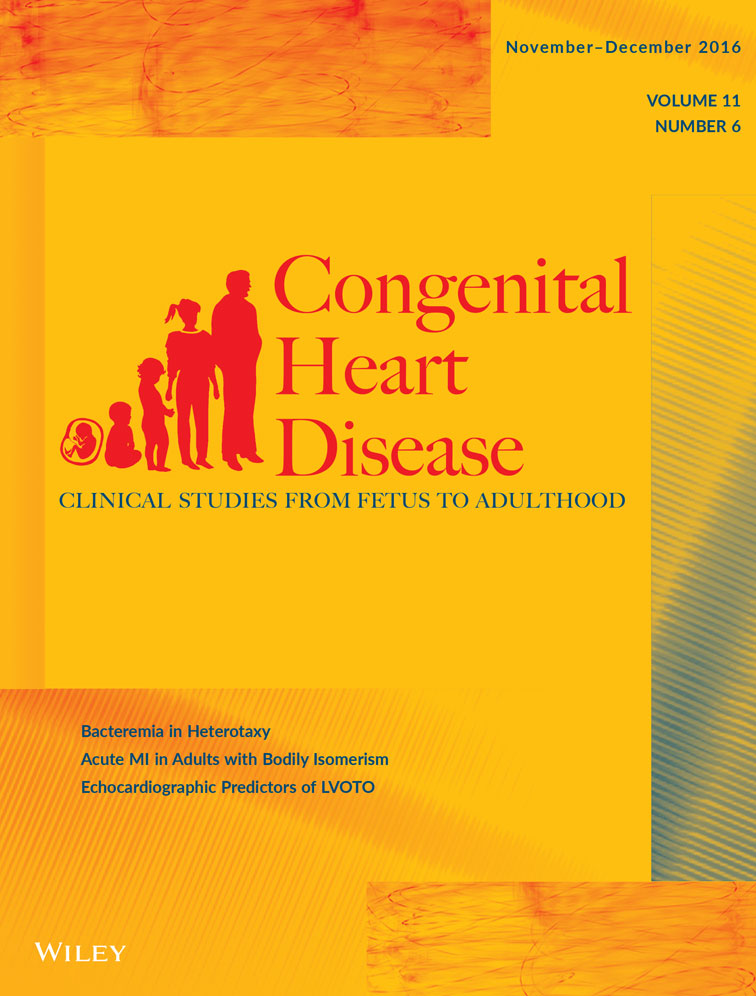Echocardiographic Predictors of Left Ventricular Outflow Tract Obstruction following Repair of Atrioventricular Septal Defect
Conflict of interest: The authors did not receive any financial support for the study and declare that they have no conflict of interest.
Abstract
Background
Left ventricular outflow tract obstruction (LVOTO) is a common complication following surgical repair of atrioventricular septal defect (AVSD).
Objective
We sought to determine predictors of LVOTO based on echocardiograms performed prior to initial repair of AVSD.
Methods
Of the 415 children that had repair of AVSD from 2003 to 2012, 17 children were identified with LVOTO that required surgical intervention. Thirty-four patients with repaired AVSD and no LVOTO served as controls. Patient demographics, cardiac surgery type, and echocardiogram results at last follow-up were collected. Off-line analysis of the echocardiogram prior to AVSD repair was done to obtain: left ventricular outflow tract (LVOT) and interventricular septal diameter, chordae across LVOT, aortoseptal angle, left ventricular (LV) inflow/outflow length ratio, inferior displacement of the atrioventricular (AV) valve, atrioventricular valve index (AVVI) and presence of coarctation of the aorta.
Results
The LVOTO group had significantly smaller indexed LVOT diameters (P < .001), increased likelihood of chordae crossing the LVOT (P = .010), decreased LV inflow/outflow length ratio (P < .001), decreased AVVI (P = .014) and increased presence of coarctation of the aorta (P = .003) compared to control patients. A multiple logistic regression model including presence of chordae in the LVOT [OR 5.32, 95% CI: (1.24–22.78, P = .024] and an indexed LVOT diameter ≤2.5 cm/m2 [OR 5.41, 95% CI: (1.15–25.39) P = .032] demonstrated each to be independently associated with the development of LVOT obstruction (area under the receiving operating curve = 0.77).
Conclusions
Chordae across the LVOT and an indexed LVOT diameter of ≤2.5 cm/m2 are associated with a higher risk of development of LVOTO following repair of AVSD. Identification of these risk factors on echocardiogram prior to initial AVSD repair can be useful in evaluating for future risk of LVOTO and the need for closer clinical follow-up.




